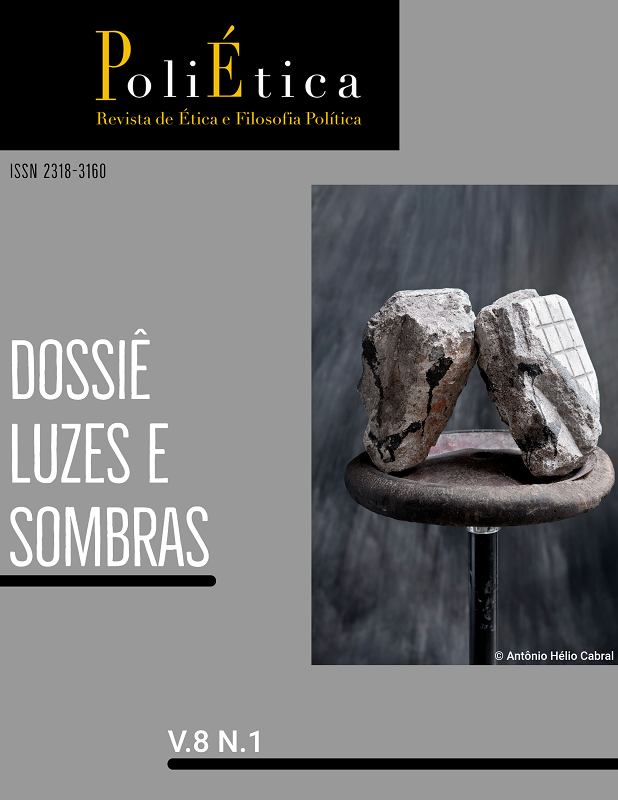Saúde urbana, epidemias, saneamento, desigualdades
DOI:
https://doi.org/10.23925/poliética.v8i1.51945Palabras clave:
Saúde urbana, epidemias, saneamento, desigualdadesResumen
Ao longo da evolução dos hominídeos, o Homo sapiens apresenta uma via de privilegiar o desenvolvimento do encéfalo, uma estrutura altamente onerosa do ponto de vista de gasto energético para o desenvolvimento fetal. O valorizar o desenvolvimento cerebral em detrimento de músculos conduziu, como consequência imediata, à redução da capacidade de sermos potentes predadores naturais, restando-nos a alternativa de trabalhar em grupos, coletar frutas e caçar animais de pequeno porte. Caçadores coletores organizaram-se em pequenos grupos de não mais que poucas centenas de indivíduos, onde a sobrevivência era determinada pela cooperação e não pela luta. Nos locais onde era escassa a disponibilidade dos recursos necessários para a manutenção dos grupamentos humanos, fomos desafiados a exercer a criatividade tornada possível pelo grande número de conexões neurais, passando a dominar processos de produção de alimentos e domesticação de animais de serviço. A disponibilidade de nutrientes decorrente da agricultura e pecuária levou ao aumento do número de habitantes daqueles pequenos núcleos de caçadores coletores. Como consequência, surgiram as primeiras cidades. Estas permitiram então que os homens trocassem entre si experiências e ideias, propiciando a elevação do espírito humano através das artes e do conhecimento. Paradoxalmente, além da troca de ideias, houve trocas de micro organismos entre os animais domesticados e os homens, as quais, combinadas ao adensamento populacional e as baixas condições sanitárias, compuseram o cenário perfeito para o desenvolvimento das epidemias, inexistentes para os caçadores coletores. O adensamento populacional, o aprofundamento das desigualdades sociais intraurbanas e o crescimento da mobilidade global fizeram com que saíssemos de um quadro de 2 pandemias por vírus respiratórios no Século XX para uma frequência de 2 pandemias por década no século XXI. Os vírus não viajam mais em navios a vapor, mas cruzam os continentes a bordo de voos a jatos. Quando desembarcam nos seus novos destinos, encontram à sua mercê diferentes ambientes, onde a propagação é mais eficiente. Os vírus se nutrem dos habitantes que vivem nos locais onde a moradia, o transporte, a habitação, o acesso à saúde e a resiliência econômica das famílias é mais precária. Uma cidade verdadeira e humana somente poderá ser construída de baixo para cima, fazendo com que as decisões sobre seu destino sejam tomadas em torno de um só tema, qual seja, a qualidade de vida dos seus habitantes. Serão estes que irão definir a quem a cidade pertence e como ela será no futuro.


